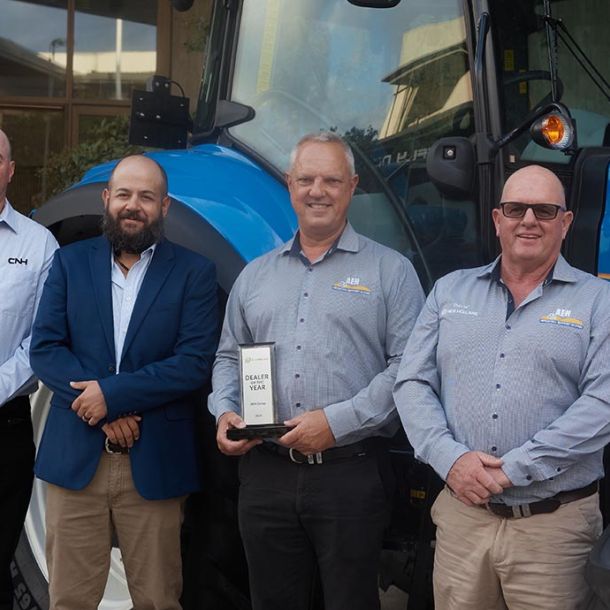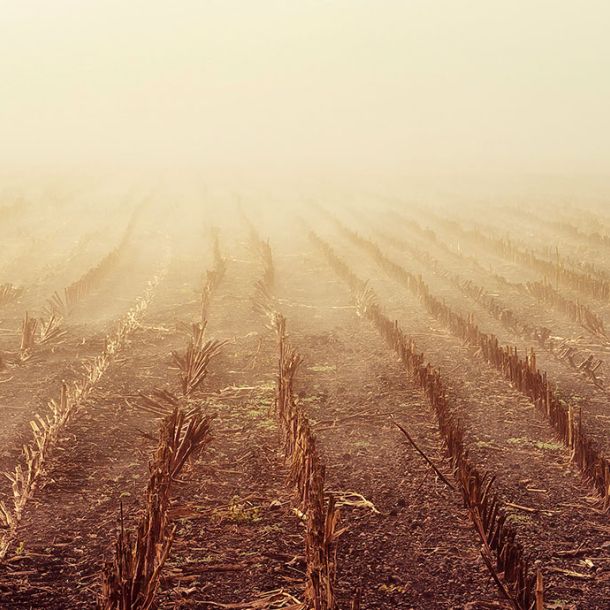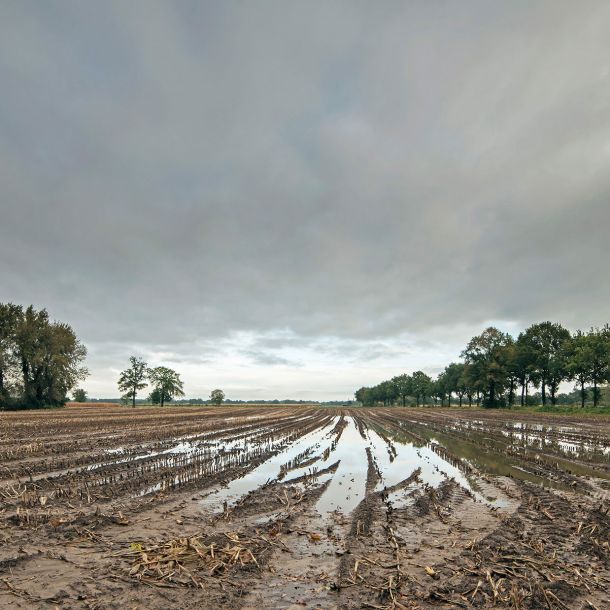Power Through Trash Problems with Harrows and Coulters
Tackling crop stubble is a challenge for most farming systems. Depending on the stubble type, surface residue can be heavy, forming a barrier that’s difficult for new seeding drills to penetrate, and for new crops to sprout through during germination. Conversely, complete removal of surface stubble leaves soils exposed and susceptible to erosion, as well as less fertile due to the absence of valuable organic matter and micronutrients.
Finding a balance between leaving too heavy a stubble and complete stubble removal is a challenge for many farmers. However, dealing effectively with leftover crop residue provides ample benefit to the soil, subsequent crops, and crop yields.
Most farmers trying to find a trash management middle ground turn to various farm implements to produce the seedbed suitable for their cropping needs. As a premier farm equipment manufacturer for Australian farmers, K-Line Ag designs and builds implements in Australia suitable for the toughest soil conditions. All implements are constructed with performance, durability, and ease of use at the forefront, making K-Line Ag equipment a top choice for many producers. For trash management and seedbed preparation, K-Line Ag coulters and harrows are exceptional tools.
For trash and stubble cutting and seeding through tough surface crusts, an in-frame coulter wheel setup mounted ahead of a seed drill is an effective, efficient option. Wavy, fluted, or plain coulter wheels slice through trash, providing a direct path to the soil for seeding and increasing their chances of viable germination. This coulter path is also helpful in channelling moisture to seeds and roots, which can provide the boost needed to give sown crops the growing advantage over weeds and pioneer seeds from previous crop rotations.
In-frame coulters are constructed of rolled hollow steel to reduce the weight on seeder frames and drawbars while maintaining the unit’s strength. Coulter kits rely on adjustable springs to customise the penetration level to the type of stubble and the soil placement needs of the seeding crop.
A popular finishing option for high-trash paddocks is a rotary harrow. Varying styles of rotary harrows are available for various cropping systems, soil types, and farming operations, but the main function of a harrow is to combat surface trash and residues and increase seed-to-soil contact. By concentrating on the top layer of stubble, rotary harrows provide the right level of soil disturbance needed for differing seed types and soil conditions.
Spring tine harrows, with their scraping movement, are better suited for lighter stubble and soil, and seed types that require less soil disturbance. Standard rotary harrows, with their rotating gangs of metal tines in a diagonal configuration, penetrate more deeply into stubble and provide greater soil disturbance. These rotary harrows are especially popular as a trailing implement for ploughs, as they further disperse stubble while simultaneously levelling seedbeds for planting.
The challenge of dealing with crop stubble is continual, with each growing season and crop rotation providing another unique puzzle for farmers to solve. But as with most puzzles, the right tools can make all the difference. K-Line Ag implements, with their distinctive mix of flexibility, durability and performance, give farmers an advantage when dealing with their crop stubble challenges








